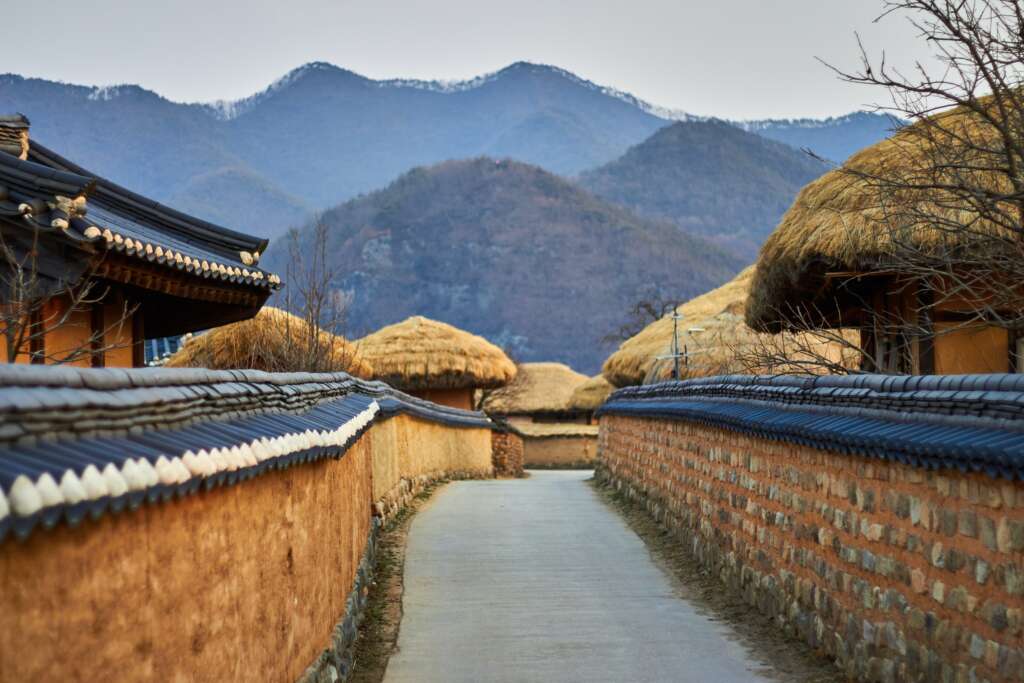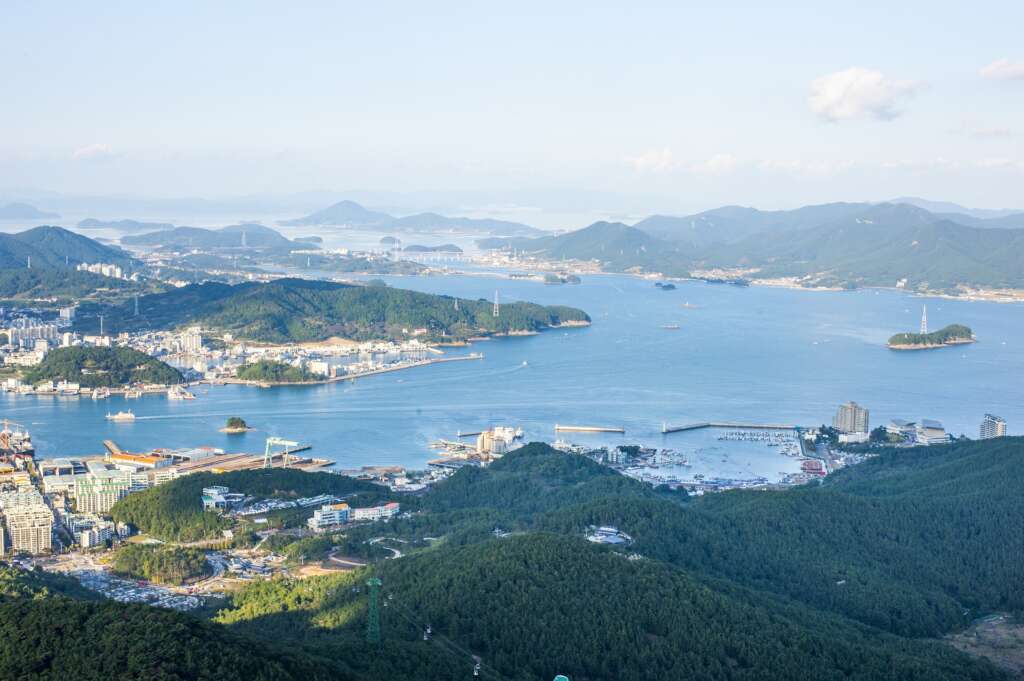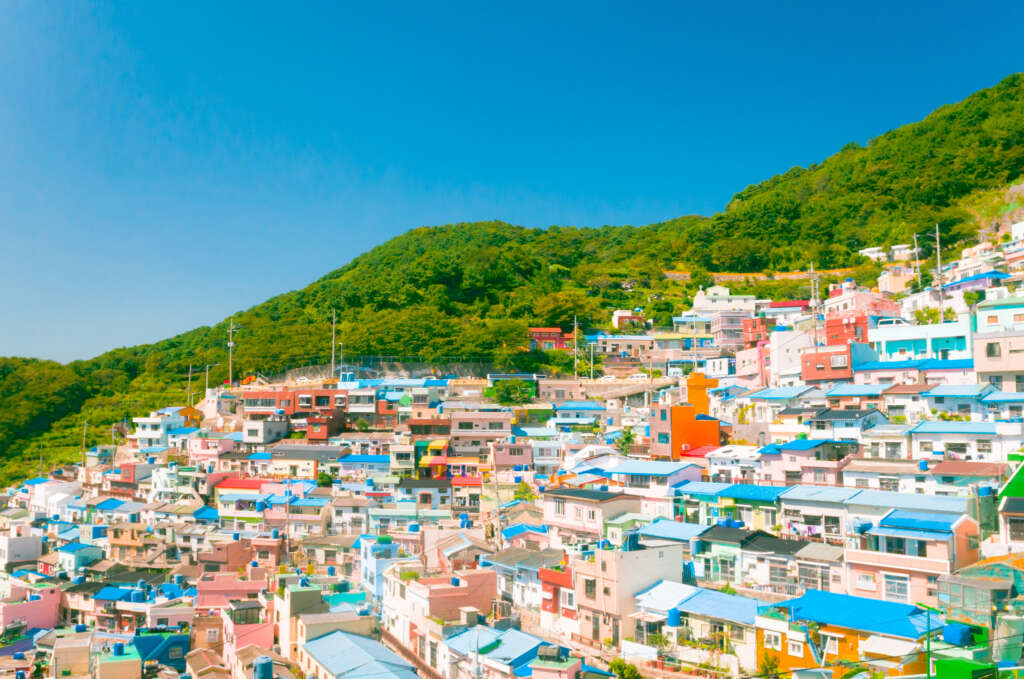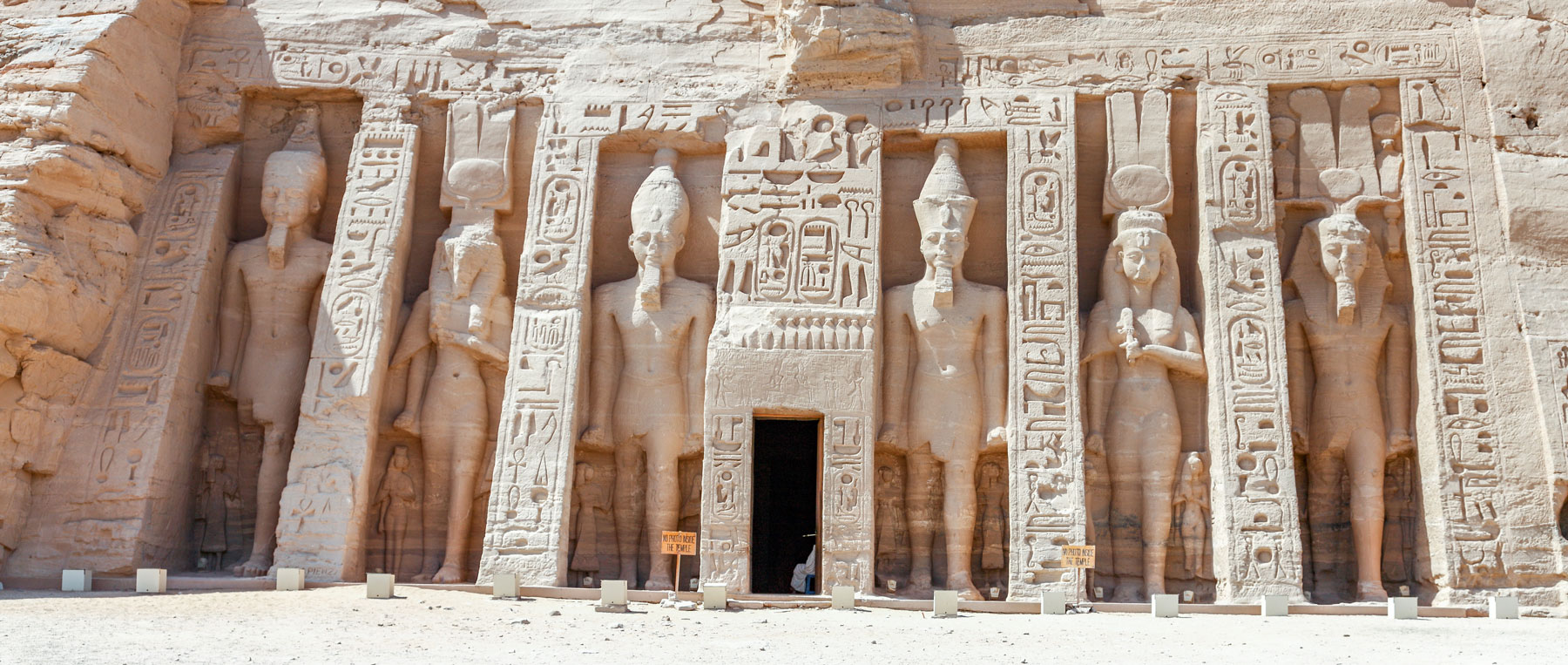
Constituting the southern part of the Korean peninsula, South Korea has a rich history of building. Its traditional structure, known as Hanok, embodies harmony with nature and cultural heritage. Hanok structures feature curved roofs, wooden beams, and floor heating systems called Ondol. Craftsmanship emphasizes balance and simplicity, with designs often influenced by Confucian and Buddhist principles. Intricate detailing reflects Korean aesthetics, with symbolic elements like dancheong (colorful paintwork) adorning surfaces. Despite modernization, Hanok persists, blending tradition with contemporary needs. Its preservation underscores Korea’s commitment to cultural identity and sustainable living, offering a glimpse into the nation’s rich architectural legacy.
There is plenty to love about this east Asian country that has rapidly developed into one of the world’s most successful and livable countries. We hope you enjoy our list of the 10 Most Picturesque Town in South Korea.
Onwards!
The Guide
Damyang-gun Daedeok-myeon Office, Seonggok-ri, 전라남도, South Korea
Jinhae-gu, 경상남도, South Korea
Yeosu-si, 전라남도, South Korea
Gamcheon-dong, 부산, South Korea
Nagan Historical Village, Nagan-myeon, 전라남도, South Korea
Bukchon Hanok Village, Gahoe-dong, 서울, South Korea
Yang-dong, 광주, South Korea
Tongyeong-si, 경상남도, South Korea
Andong, Gyeongsangbuk-do, South Korea
Jeonju, Jeollabuk-do, South Korea
The Picturesque Towns
Jeonju Hanok Village
Located on the edge of the industrialized city of Jeonju, this charming village features over 735 traditional Korean hanok houses which retain much of the historical charm of its time. The houses are characterized by its unique roof lines that are raised to the sky, heated floors and interior room divisions for the separate lives of men and women.
Andong Hahoe Folk Village
Andong Hahoe Folk Village is a celebrated folk village in the city of Andong. A UNESCO World Heritage Site, the name derives from the combination of two Korean words ‘Ha’ (which means river) and ‘hoe’ (which means to return and come back). The village preserves an old, clan-based way of life that dates back to the Joseon period, a Korean dynastic kingdom that lasted for five centuries beginning in 1392.

Tongyeong
Tongyeong is a coastal city on the southern tip of the Goseong peninsula. Surround by the sea on the sides, the city consists of 41 inhabited and 110 uninhabited islands. The name translates to “command post” after its strategic military importance to the country, but the area is actually famous for a number of local dishes including a honey bread and form of Korean sushi made of seaweed and rice.
Yangdong Folk Village
Listed as a UNESCO World Heritage Site in 2010, Yangdong Folk Village stands out as a picturesque town thanks to its natural landscape and well-preserved heritage buildings that are characterized by their tile and thatched roofs, sprinkled within a dense forest setting.
Bukchon Hanok Village
Located in the heart of Seoul, Bukchon Hanok Village is a well-preserved village featuring winding alleys and traditional hanok homes that date back over 600 years. This destination is a great opportunity to visit a traditional village thanks to its accessibility by subway; visitors can get off at the Anguk Station and taking a 200m walk north (following the signs that guide you there).
Naganeupseong
Naganeupseong is a Korean fortress built in 1397 to protect the area from Wokou (Japanese) pirates who raided the Chinese and Korean coastlines between the 13th and 16th centuries. Originally constructed out of sand, the fortifications were eventually upgraded to stone and provide a picturesque setting against a backdrop of trees and fields. About 200 people still live in Naganeupseong today.

Gamcheon Culture Village
Located in the coastal city of Busan, the former slum rests on the side of a mountain and features pastel-coloured houses that were painted about a decade ago as a way to welcome visitors into its winding streets. The neighbourhood offers a welcoming presence to visitors and photographers captivated by the village’s colourful buildings.
Yeosu
Yeosu is a beautiful port city that is popular for its beachside resort and natural landscape. Surrounded by mountains, islands and cliffs all nestled tightly together, it provides residents and visitors with a serence view from sunrise to sunset.
Jinhae
Jinhae is best known for its annual Cherry Blossom festival that’s held every April. It’s widely believed that more cherry blossoms can be seen here than anywhere else in Korea. There are two destinations in particular that offer great viewing opportunities; the first location is on the local train where conductors will often slow down to let passengers take in the view, while the other is along a river in downtown Jinhae (pictured).
Damyang County
Damyang County is located in Korea’s southernmost province. Best known for their bamboo and strawberries, the county is a popular tourist destination for its natural setting which includes mountains, bamboo forests, and Metasequoia trees (with one location outside Damyang-eup serving up Instagram-worthy photos). Aside from its natural beauty, the county also features the fortress of Geumseongsanseong and several other pagodas and pavilions of national importance.











